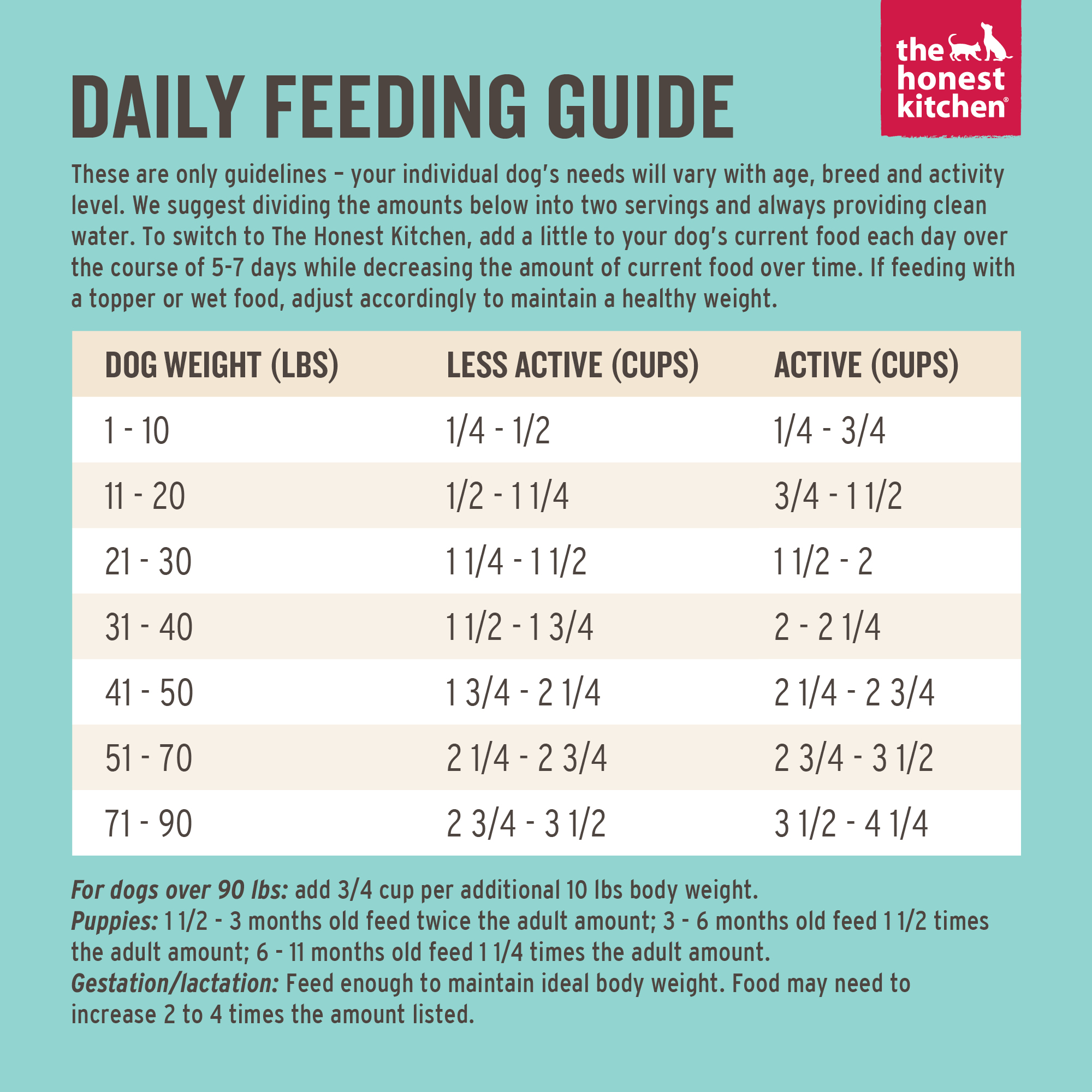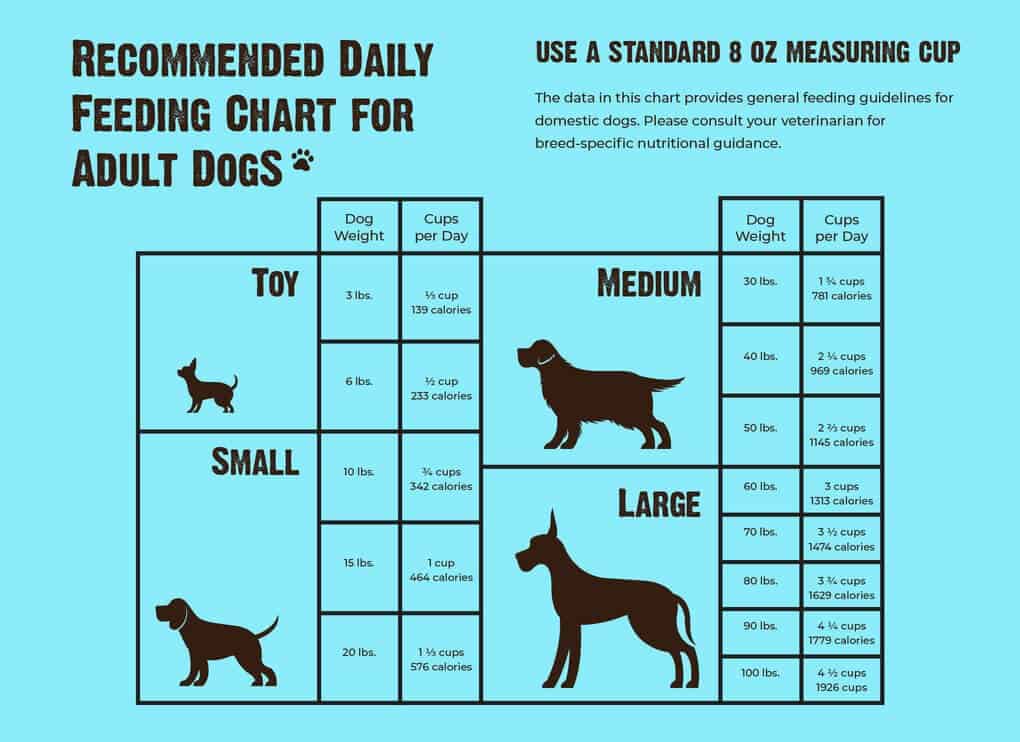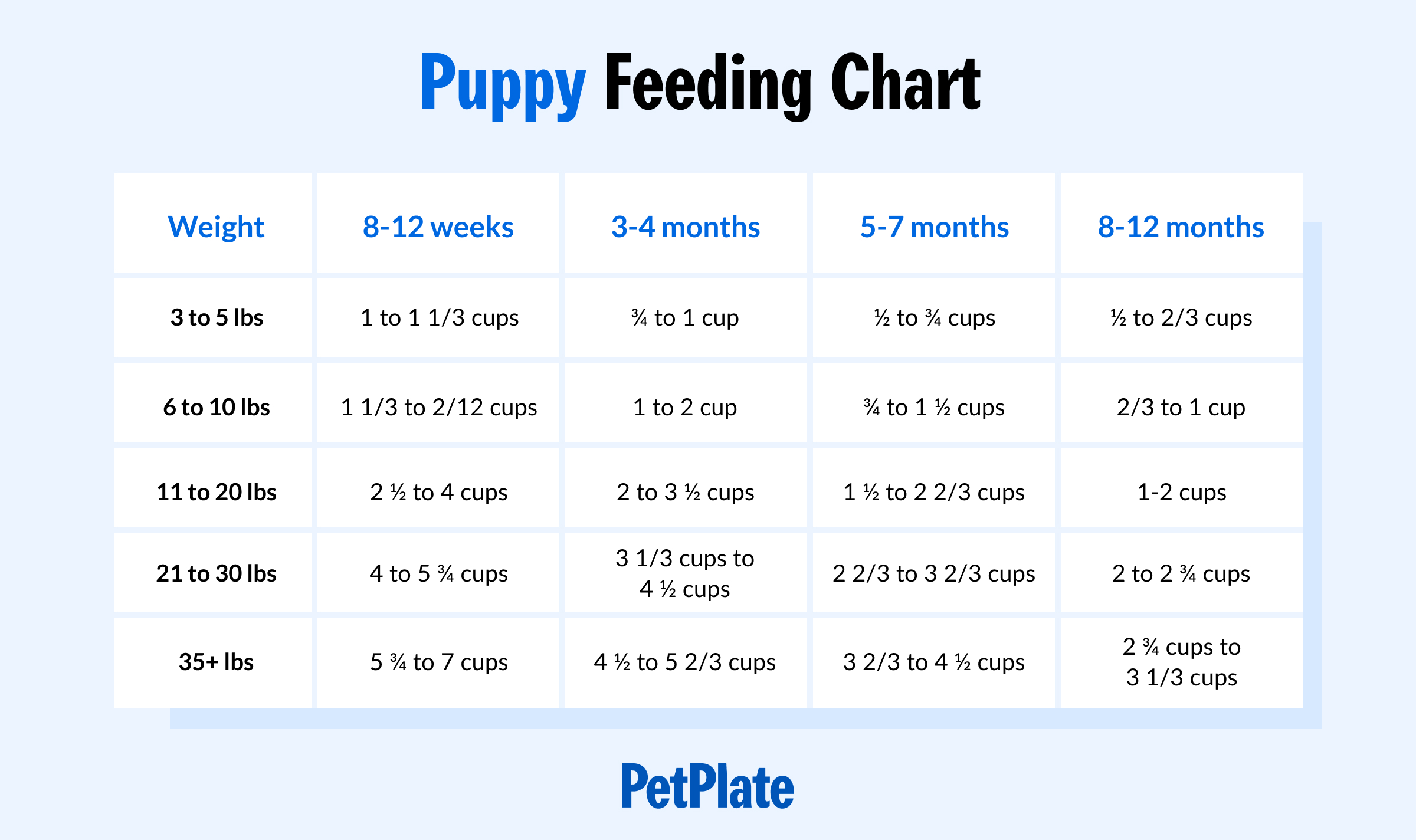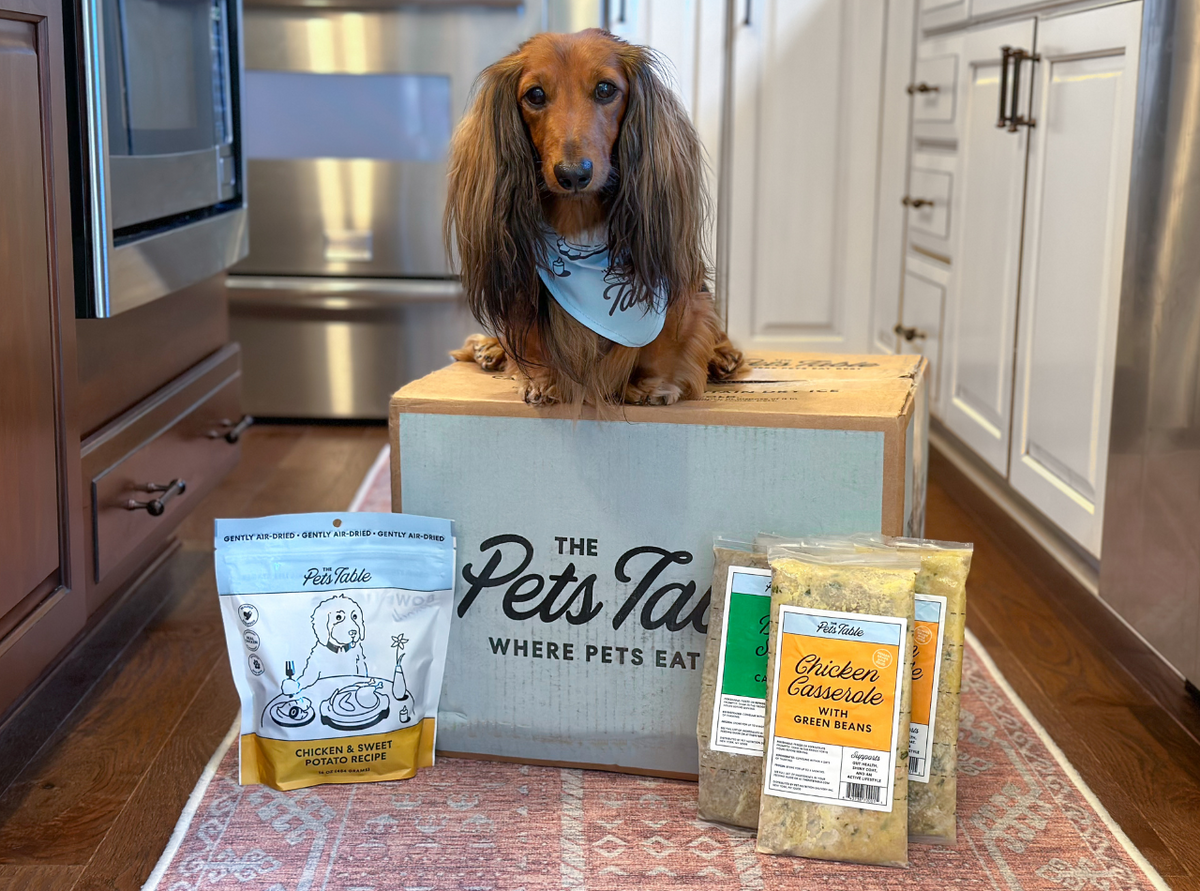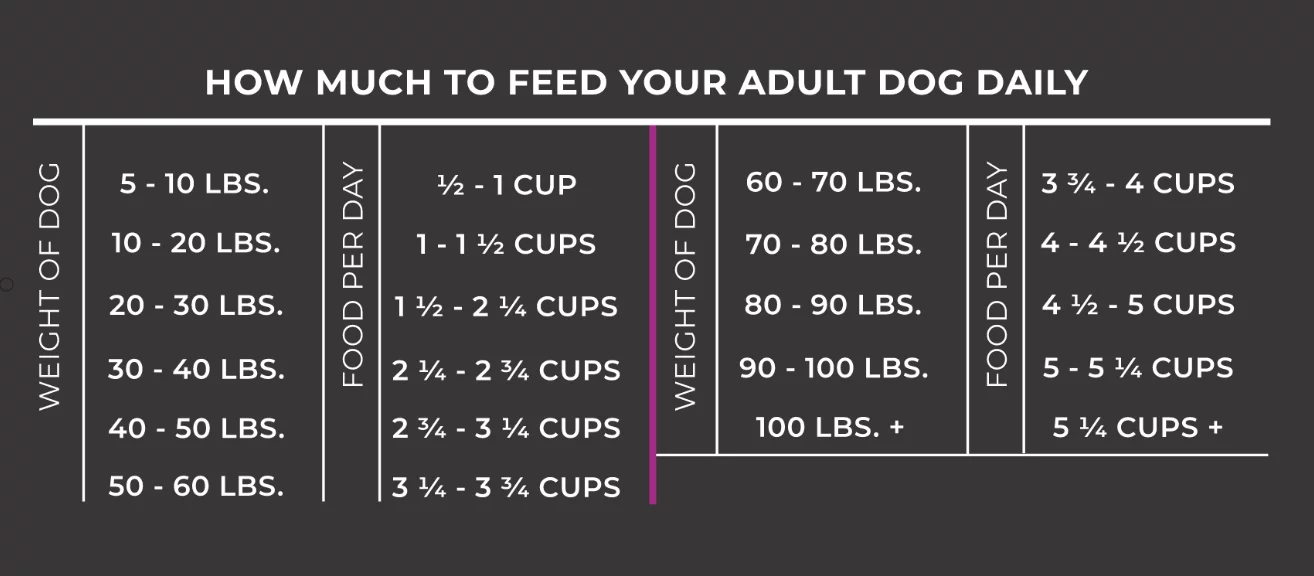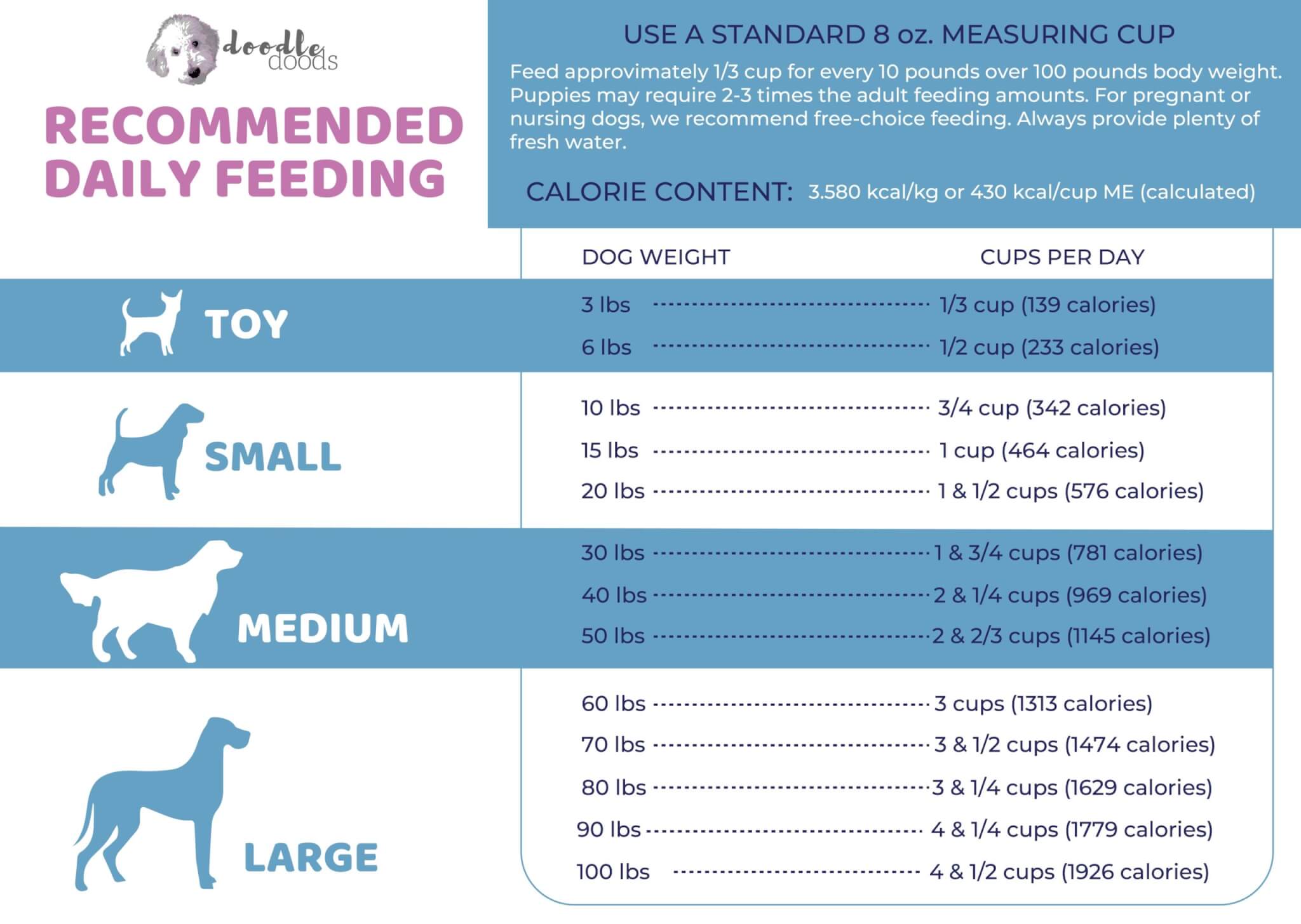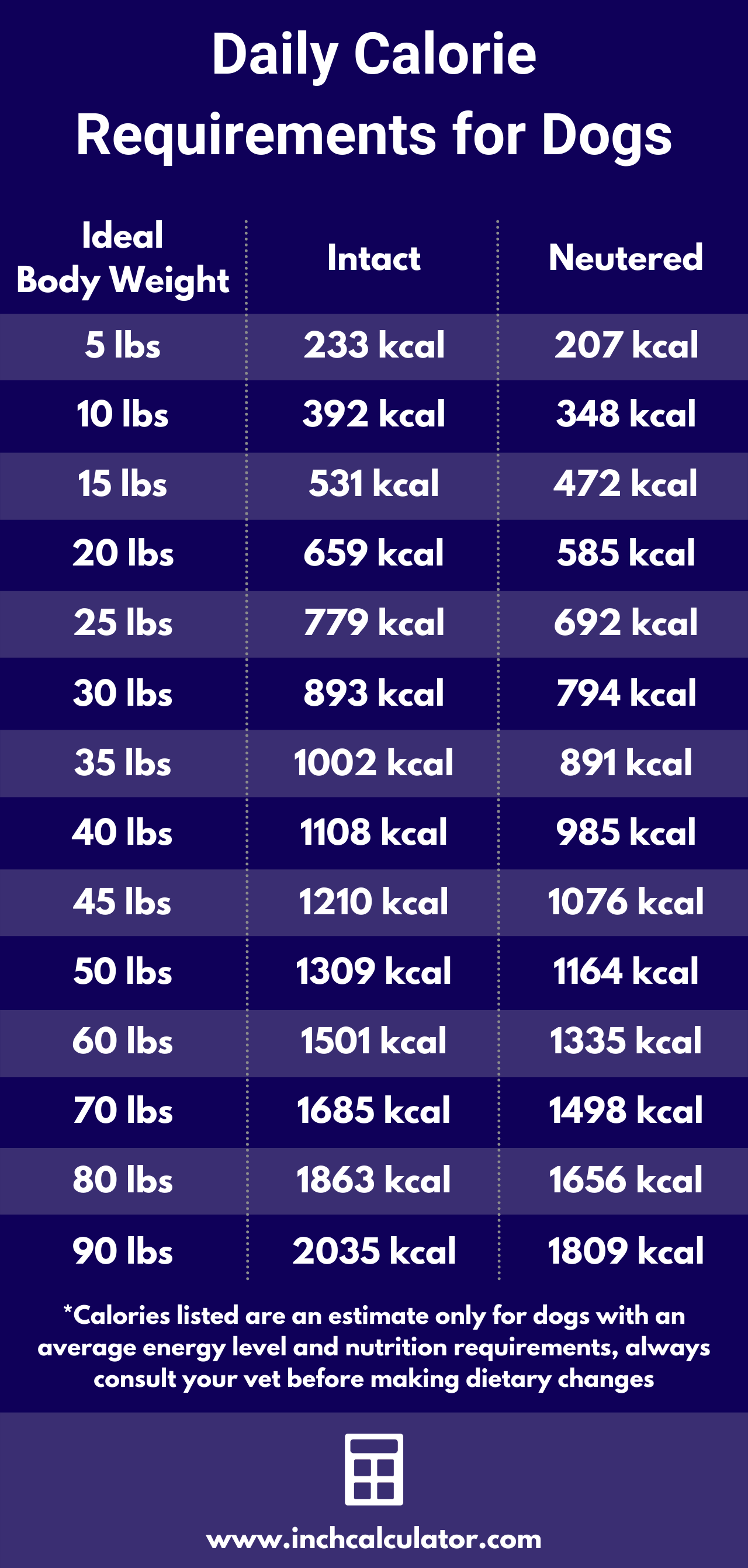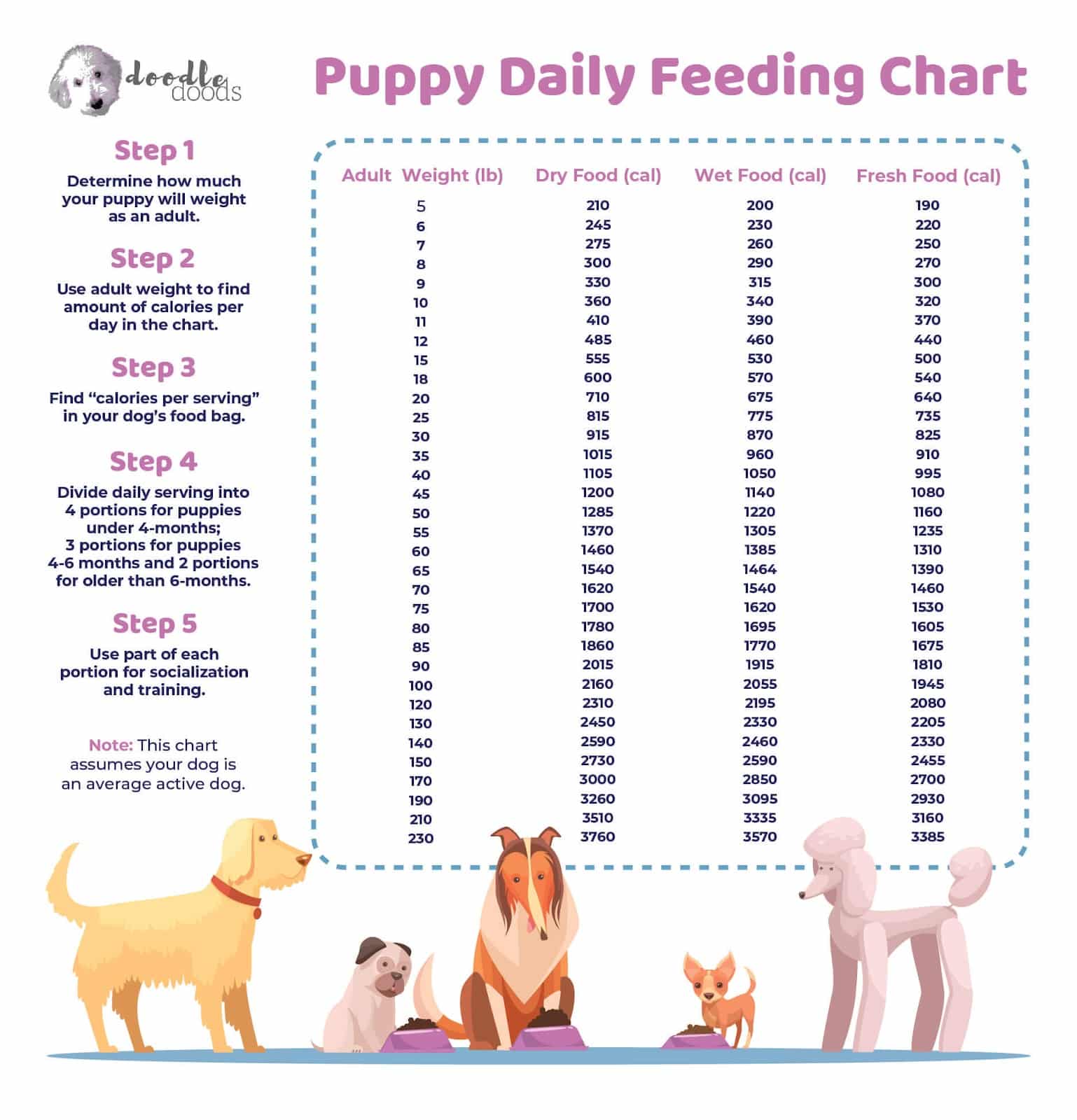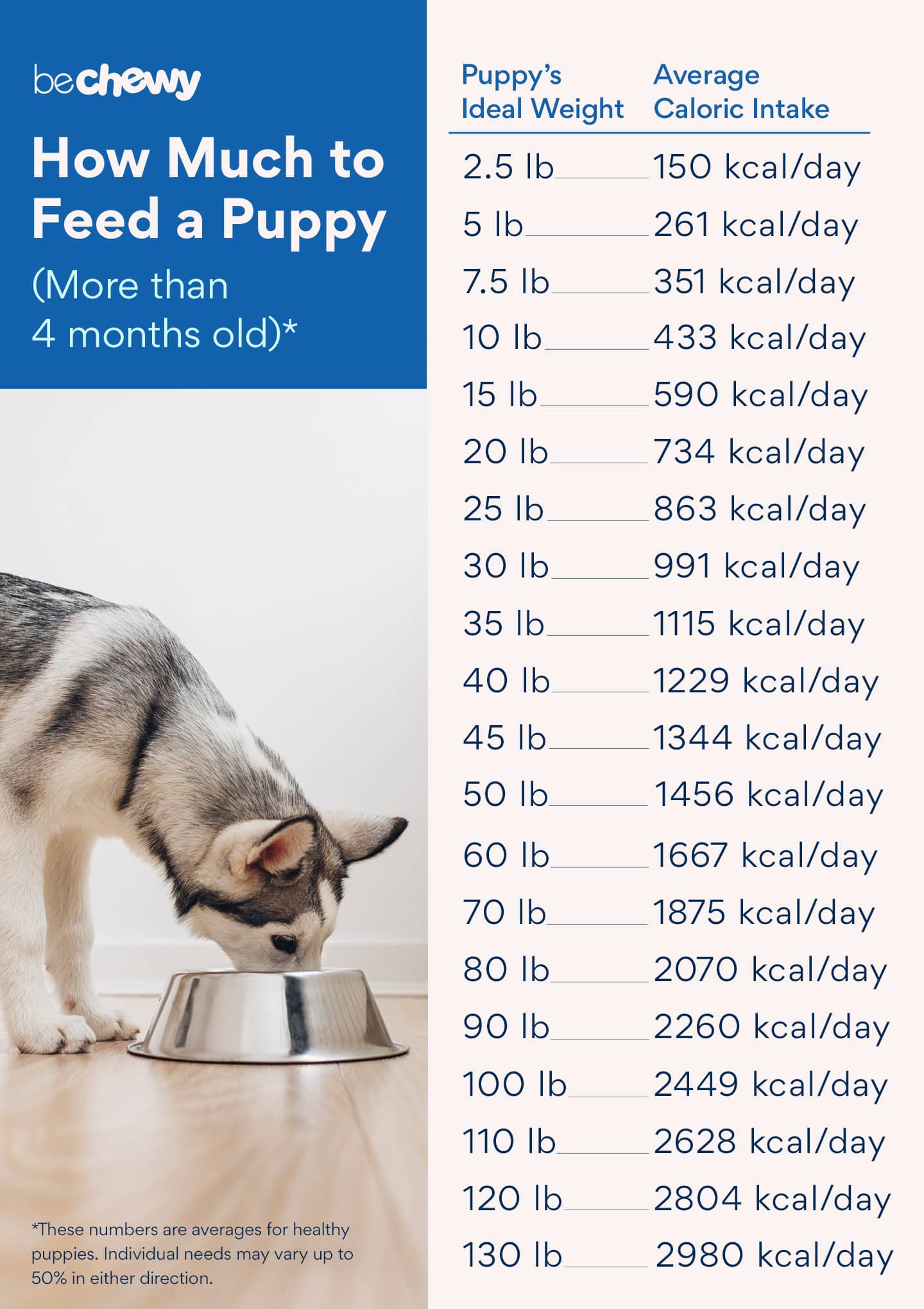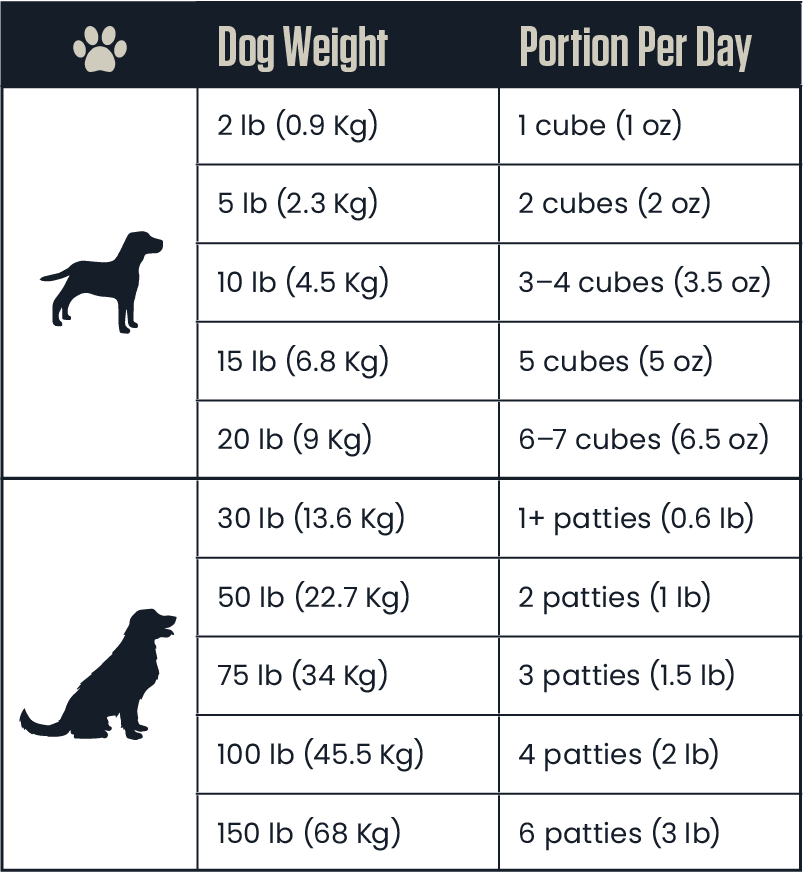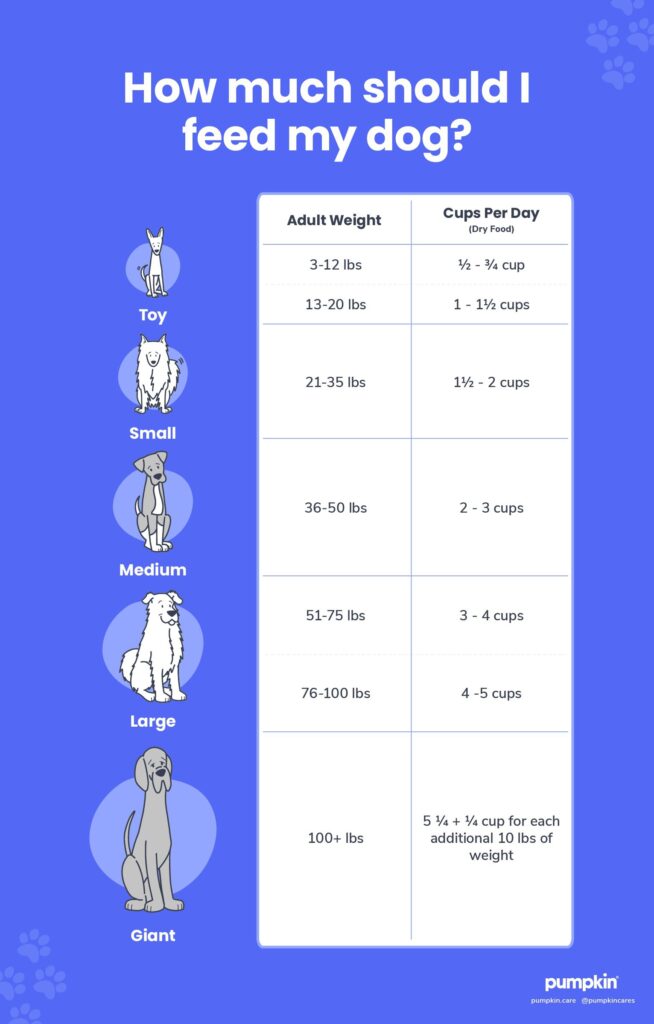How Much Is Pets Table Dog Food
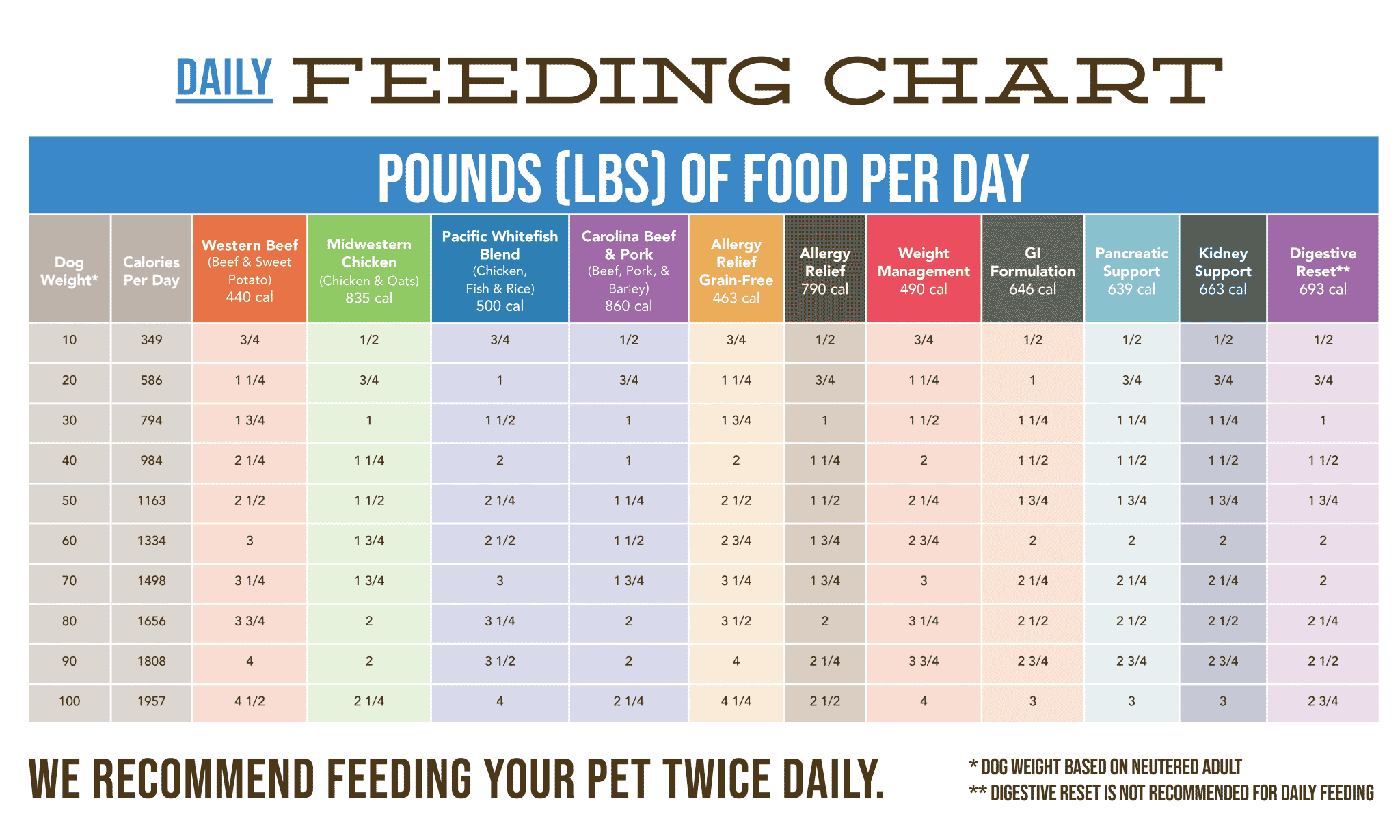
Imagine a golden retriever, tail wagging furiously, eyes glued to the dinner table where a Thanksgiving feast is laid out. Turkey, stuffing, mashed potatoes – the aromas are intoxicating. While the family enjoys their meal, Fido waits patiently (or not so patiently!), hoping for a scrap or two. This scene, replayed in countless homes across the country, begs the question: how much does it really cost when our beloved pets dine from our tables?
The practice of feeding pets table scraps, often referred to as "table feeding," has a long and somewhat controversial history. While seemingly harmless, and even an act of love for many pet owners, it raises serious concerns about pet nutrition, health, and overall well-being. So, let’s delve into the true cost of this seemingly innocent habit, from the nutritional imbalances and potential health risks to the surprising economic impact on pet food budgets.
The Allure and the Pitfalls of Table Feeding
Giving your dog a bite of your burger or a sliver of your steak can feel like a harmless way to share a meal and show affection. It's a bonding experience, a way to include your furry friend in the family festivities.
However, human food is often laden with ingredients that are not only unnecessary for a dog’s diet but can be actively harmful. High levels of salt, sugar, and fat, common in many processed foods, can lead to obesity, pancreatitis, and other health problems in dogs. Certain ingredients, like chocolate, onions, and garlic, are downright toxic.
Nutritional Imbalance: A Recipe for Problems
Commercial dog food is carefully formulated to provide a balanced diet, meeting all of a dog’s nutritional needs based on their age, breed, and activity level. Table scraps, on the other hand, are rarely balanced. They might be high in one nutrient and deficient in others. Over time, this imbalance can lead to deficiencies or excesses that negatively impact a dog's health.
According to the American Veterinary Medical Association (AVMA), consistent feeding of unbalanced diets can contribute to a range of health issues, including skin problems, digestive upset, and even skeletal abnormalities in growing puppies.
The Health Risks: More Than Just an Upset Stomach
Beyond nutritional imbalances, there are several specific health risks associated with table feeding. Some human foods are simply dangerous for dogs. Chocolate, containing theobromine, is toxic and can cause seizures and even death. Grapes and raisins can lead to kidney failure. Onions and garlic damage red blood cells, causing anemia.
Fatty foods can trigger pancreatitis, a painful inflammation of the pancreas. Bones, especially cooked bones, can splinter and cause choking or internal damage. Artificial sweeteners like xylitol, found in many sugar-free products, are extremely toxic to dogs and can cause a rapid drop in blood sugar and liver failure.
The Economic Equation: More Than Meets the Eye
While it might seem like giving your dog table scraps could save money on dog food, the reality is often quite different. The potential health problems resulting from poor nutrition can lead to expensive vet bills. Treating pancreatitis, managing diabetes, or addressing digestive issues can quickly add up, far exceeding the cost of a high-quality dog food.
Additionally, a dog that is constantly begging for table scraps might become a picky eater, refusing to eat their regular food. This can lead to pet owners buying more expensive, "palatable" foods in an attempt to entice their dog to eat, further driving up costs.
The Impact on Pet Food Purchases
Paradoxically, table feeding can sometimes increase the amount of dog food purchased. Dogs who fill up on scraps may not eat all of their regular food, leading to waste. Some owners may also feel guilty about only feeding kibble and supplement with expensive treats or toppers to make their dog’s meals more appealing.
According to market research firm Packaged Facts, the pet food industry is heavily influenced by consumer trends and perceptions about pet health. As pet owners become more aware of the dangers of table feeding, they are increasingly opting for premium, nutritionally balanced foods that cater to specific dietary needs.
Finding the Balance: Responsible Feeding Practices
So, what's the solution? Does this mean you can never share a little bit of your food with your dog? Not necessarily. The key is moderation and informed decision-making.
If you choose to give your dog table scraps, do so sparingly and only offer foods that are safe and healthy. Plain cooked chicken, steamed vegetables, and small amounts of plain rice can be acceptable treats in moderation.
Consulting with the Experts
The best approach is to consult with your veterinarian or a board-certified veterinary nutritionist. They can provide personalized recommendations based on your dog’s individual needs and health status. They can also help you create a balanced diet plan that incorporates both commercial dog food and occasional healthy treats.
Veterinarians often recommend that treats, including table scraps, should make up no more than 10% of a dog's daily caloric intake. This helps ensure that the dog is getting the majority of their nutrients from a complete and balanced source.
Prioritizing High-Quality Dog Food
The foundation of a healthy diet for your dog should be a high-quality commercial dog food that is appropriate for their age, breed, and activity level. Look for foods that are formulated by veterinary nutritionists and that meet the nutritional standards established by the Association of American Feed Control Officials (AAFCO).
Investing in a premium dog food might seem expensive upfront, but it can save you money in the long run by preventing health problems and reducing the need for costly veterinary care.
The True Cost: A Matter of Perspective
Ultimately, the "cost" of table feeding is not just about dollars and cents. It's about the health and well-being of your beloved pet. While sharing a bite of your food might seem like a small act of love, it can have significant consequences if done irresponsibly.
By prioritizing a balanced diet and avoiding potentially harmful foods, you can ensure that your dog lives a long, healthy, and happy life. The true cost of table feeding is the potential loss of that precious companionship due to preventable health problems.
So, the next time your dog looks up at you with those pleading eyes, remember that the best way to show your love is by providing them with a nutritious diet and a healthy lifestyle. After all, a healthy dog is a happy dog, and that's priceless.

